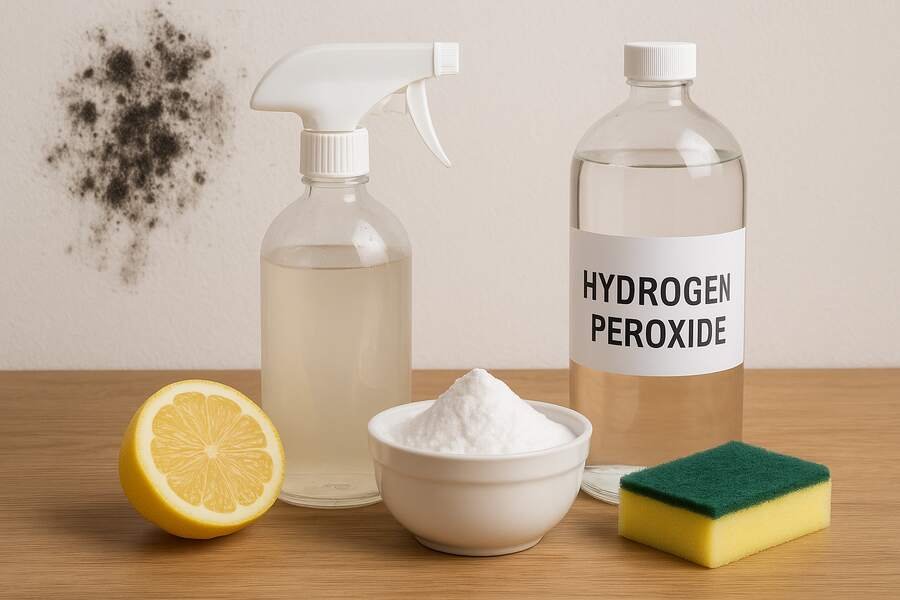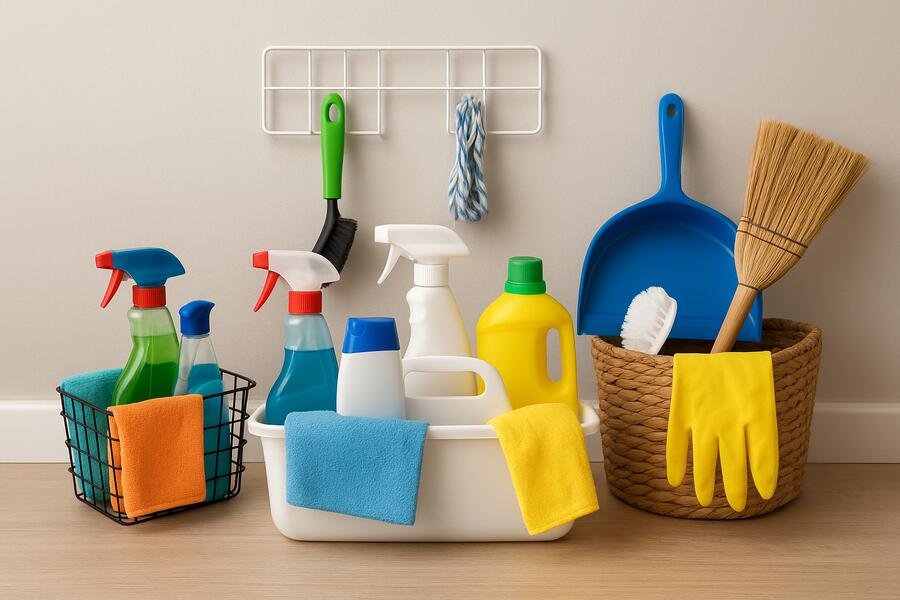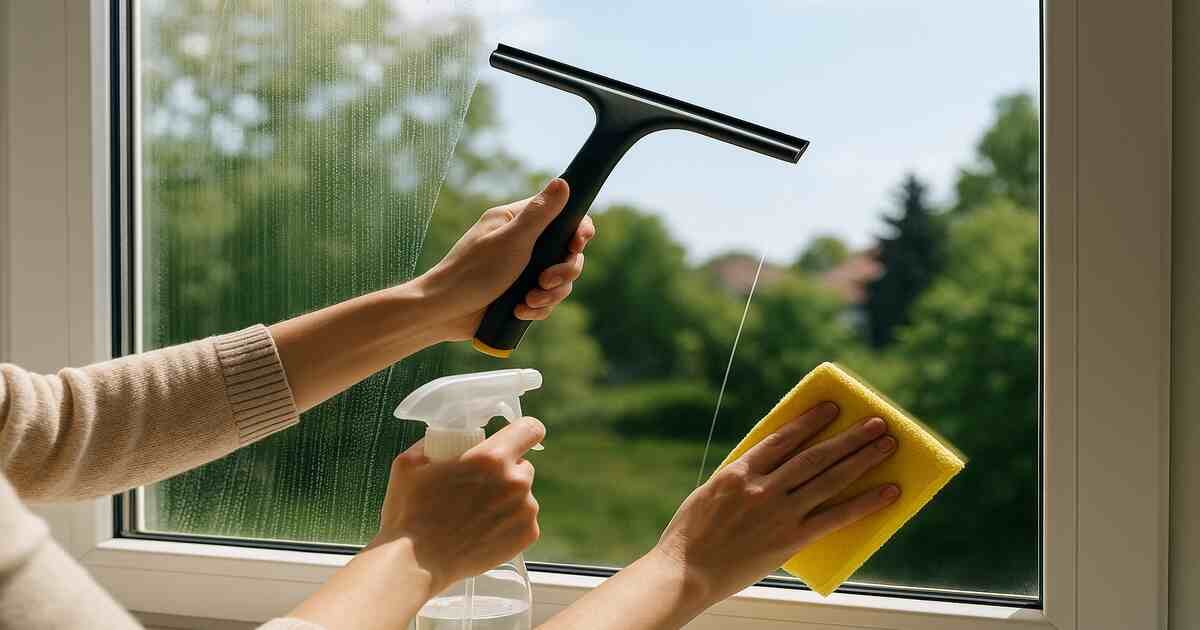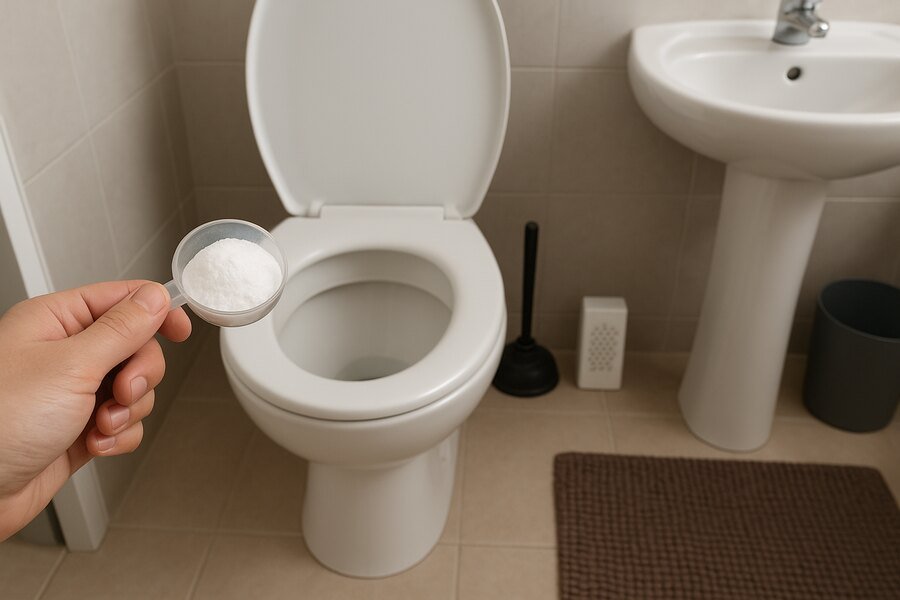How Can Common Home Products Remove and Eliminate Mould?

Eliminate Mould Naturally with Common Home Products
Have you ever entered your bathroom or laundry and noticed suspiciously looking black or green patches on the walls or the ceiling? Does your home ever smell stale and damp, no matter how much air freshener you use? These are clear signs of mould—an unwelcome guest that not only looks unsightly, but if ignored, poses real hazards to health*. But let me pose this important question: does one need harsh and costly chemicals to get rid of mould? What if the answer is much simpler, sitting in your kitchen cabinet?
It is a myth that removers can only be able to work when they are shop-bought. These are white vinegar, baking soda, lemon juice and even hydrogen peroxide which is easy to find, and which serves very well as cleaning aids.
How To Remove Mould With Home Products?
In this blog post, Bond Cleaning Robina will discuss how to clean and kill mould in simple steps. Get ready to scrub and bid farewell to pesky spores, all naturally.
What is Mould and Why Should I Worry About It?
Mould is a fungus with many species forming blackish to greenish, grey, or even orange patches-as much fuzzy or slimy-on walls, ceilings, tiles, fabrics, carpets, and furniture in damp, warm, or dark environments. Good growth conditions for mould include basements, bathrooms, laundry areas with poor ventilation, and humidity-filled places underneath sinks.
Apart from being an unsightly blemish on a house, mould can imperil health. Symptoms include:
- Allergic reactions
- Sneezing and coughing
- Skin irritation
- Asthma symptoms
- Headaches and lethargy
Cleaning mould should never be relegated to aesthetic reasons only, but rather to protecting your family’s well-being.
Best Household Products for Mould Removal
Unless you use an intense chemical, you can kill mould through the help of some household products. Baking soda may be one of the safest. It also performs best on porous materials including wood and drywall. Just spill it on the spot, allow the weather to soak it up and brush it away. The white vinegar is also another exceptional mould remover that is present in most kitchens. Spray on to the mould, leave it and scrub then dry off.
Borax is recommendable on tiles and countertops as they are non-porous surfaces. Mix one cup of borax with a gallon of warm water and clean all the mould with a brush. You can use 3 percent hydrogen peroxide, particularly, when you need something stronger. Apply to the surface with a spray, leave 10-15 minutes and scrub and evaporate dry.
Finally there is a solution of bleach and warm water. Stains in the kitchen and the bathroom are to be treated with 1 cup bleach to 1 gallon of water. Remember to leave the place to dry well after cleaning, to avoid the growth of mould. Just like mould, there are also hidden germs in several corners of your home that need attention.
Common Places Where You Can Find Mould
Mould does well in the dark and wet. Certain parts of the house can be excellent environments where mould can be allowed to grow. These are not the areas where attention should be given when cleaning which makes them prone to mould.
- Bathroom: Moisture is produced by showers and moisture-less fresh air collects in rooms such as bathrooms. This makes bathrooms a go-to place for mould. While mould easily settles on tiles and walls of showers, it may also lurk under floors and behind walls.
- Kitchen: Water leaks caused by plumbing problems under sinks and dishwashers create mould-friendly areas. For deep cleaning, especially around dishwashers, consider hiring professionals offering end of lease cleaning.
- Air Ducts: These parts are exposed to humid air that can encourage condensation and the development of mould on the inner surfaces.
- Basement: Basements are the easiest places for moisture and stagnant air, with a visible lack of circulation, high relative humidity, allowing fluid mould growth.
- Attic: The poor insulation, roof leaks and no maintenance will contribute towards uncontrolled mould growth within the attic spaces.
Preventive methods that work best are regular checks and proper airflow.
Important Guidelines for Controlling Fungal Spores around the House
Cleaning is the easy and quicker part of the work—working towards preventing growth and future settlements is the challenging factor. Removing the root factors helps avoid revisiting these problems, therefore controlling recurrence. Here are some practical methods that will aid in keeping the house free of fungi.
1. Stop Moisture at its source
It will be necessary to reduce moisture in wet areas such as the basement and laundry and therefore, it can be done by using dehumidifiers. Mirrors and windows need to be clean during the showers as they tend to trap some moisture. Residual humidity could also be controlled by use of an exhaust fan or open window.
2. Seek Help from Professionals For Major Issues
Areas that exceed the ten square foot range should engage with professional help, as professional cleaners from mermaid Beach
have the experience and tools to safely manage large-scale issues without any harm to the surfaces or release of spores.
3. Don Paint Over Mould
Painting over a wall with mouldy paint will do nothing to curb the situation, the mould will still fester under the paint and at some point will either blister or flake. The surface should be cleaned before any new coat of paint is applied.
4. Protective Equipment
Wearing protective equipment is advisable when doing a clean up since mould spores can lead to irritation of the skin, dizziness and respiratory problems. The local hardware shops stock out goggles, masks and gloves which are a must when doing the cleaning exercise.
5. Throw Away Severely Affected Items
Having porous materials like ceiling tiles, drywall, and carpets destroyed by mould means you should throw them away. For end-of-lease cleaning services, these items cannot be cleaned since the mould contaminates porous materials far too deeply.
Wrapping Up
Cleaning mould with everyday products might be as effective as branded products and requires following the right method. It is worth noting, however, that prevention matters just as much as removal. Products, methods and tips outlined here will effectively allow you to resolve your mould issues.




